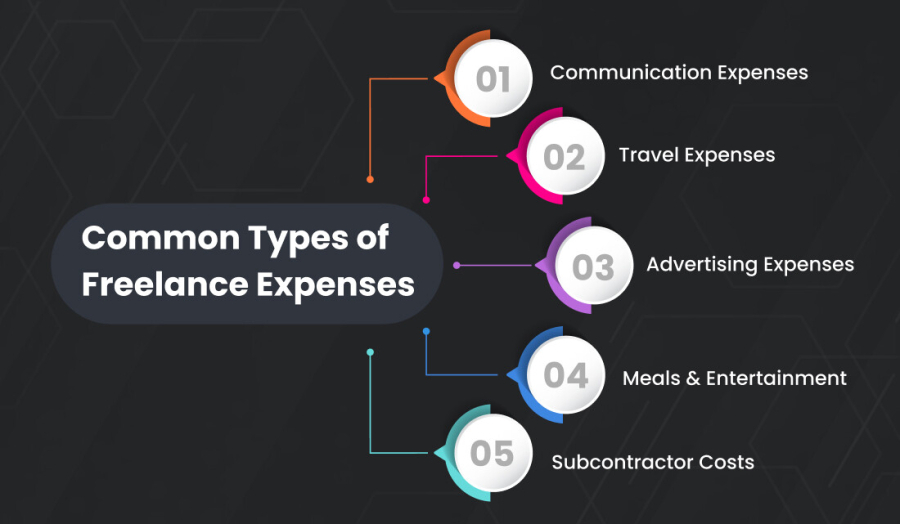How to Handle Product Variations in an Online Store
When running an online store, managing product variations—like different sizes, colors, or materials—is crucial to delivering a smooth and satisfying customer experience. Whether you sell fashion, electronics, or custom handmade items, product variations help you cater to diverse buyer preferences and increase your conversion rates.
For eCommerce freelancers and business owners alike, understanding how to properly display and manage these options is essential. In this comprehensive guide by FreelancerBridge, we’ll explore best practices for organizing, showcasing, and optimizing product variations that improve both UX and sales performance—without touching code.
Long Description
📦 What Are Product Variations?
Product variations (also known as product options or attributes) refer to multiple forms of a single item. For example:
A t-shirt might come in 5 sizes and 6 colors.
A phone case might be available in multiple materials.
A candle could offer different scents.
Instead of listing each variation as a separate product, eCommerce platforms allow you to group these into one listing, enabling buyers to select their preferred variant before purchasing.
✅ Why Properly Managing Variations Matters
Poorly managed variations can lead to:
Confused customers
Incomplete purchases
Stock management errors
Higher return rates
But if handled correctly, product variations can:
Improve the browsing experience
Increase conversion rates
Make inventory management more efficient
Reduce product page clutter
🔧 Best Practices for Handling Product Variations
Here are proven strategies to manage and present product variations effectively in your eCommerce store:
1. Group Variations Under One Product Page
Instead of creating separate listings for each variation:
Combine all options (size, color, etc.) under a single product.
Use drop-downs, swatches, or buttons for easy selection.
📈 SEO Benefit: Consolidated product pages avoid content duplication and increase page authority.
2. Use High-Quality Images for Each Variation
Showcase each variation visually:
Add alternate images for every color/style
Use hover effects or carousels to display swatches
🖼️ Pro Tip: Let customers preview the exact item they’ll get. This reduces uncertainty and boosts confidence.
3. Name Variants Clearly and Consistently
Avoid vague names like “Red 1” or “Large2.” Instead:
Use standard, understandable labels like “Crimson Red” or “XL (42–44)”
Keep naming formats consistent across all products
📚 Freelancer Tip: Clear naming simplifies backend management and helps customers make quick decisions.
4. Allow Filters Based on Variations
Implement filters on your category or search pages that let users sort by:
Size
Color
Material
Price range
🔍 UX Boost: Shoppers can find what they need without browsing multiple pages.
5. Indicate Stock Status per Variation
Let buyers know if a variation is:
In stock
Low in stock
Out of stock (with optional waitlist or alerts)
⏳ Conversion Hack: Scarcity messaging encourages faster purchases (e.g., “Only 2 left!”).
6. Use Conditional Logic (Where Possible)
Some platforms allow logic-based variant displays. For example:
If the user selects "Metal Finish", only metal-related colors appear.
If "Size XL" is out of stock, it greys out automatically.
🎯 Smarter UX: It avoids showing unavailable or irrelevant combinations.
7. Sync Variants with Inventory Management
Connect your product variation system to real-time inventory tools:
Update availability across platforms automatically
Prevent overselling and delivery delays
🛠️ Popular Tools: Shopify Inventory, WooCommerce Stock Manager, Zoho Inventory, etc.
8. Make Variations SEO-Friendly
While grouped under one product page, variations still contribute to SEO when:
You use keywords in variant names
Add variation-specific alt text to images
Allow search engines to index different product variants (with canonical tags)
🌐 Search Optimization: Helps your store appear in long-tail search queries like “Blue cotton shirt XL.”
9. Offer Personalized Recommendations Based on Variants
Some stores recommend related products based on selected variation. For example:
“You selected the black version. Here are matching accessories.”
🧠 Cross-Selling Opportunity: Personalized suggestions lead to higher AOV (Average Order Value).
10. Test Variation Display Types
A/B test which variation formats perform best for your audience:
Color swatches vs. drop-down menus
Inline images vs. separate galleries
Horizontal vs. vertical layout
📊 Optimization Tip: Small UI tweaks can lead to measurable sales improvements.
🔄 Bonus: Managing Variations for Freelancers
If you’re a freelancer working with clients on platforms like FreelancerBridge, knowing how to:
Set up variation templates
Choose the right plugins
Connect variation data with shipping and stock settings ...makes your service more valuable and scalable.
🎓 Position yourself as an expert who not only builds stores but also increases conversions through smart UX.
🚀 Final Thoughts
Product variations are more than just dropdowns—they’re an essential part of your eCommerce strategy. Whether you’re a solo seller or building online stores for clients, implementing and managing variations well can be the difference between abandoned carts and high conversions.
With the right tools, naming conventions, and UX, you can create a shopping experience that is personalized, efficient, and profitable.


 by Emily
by Emily




